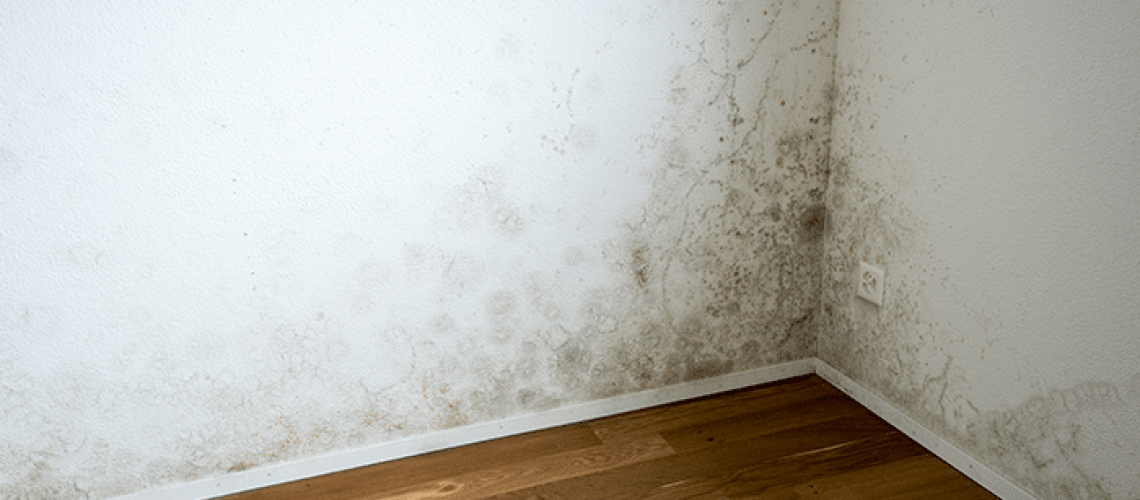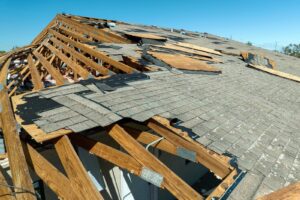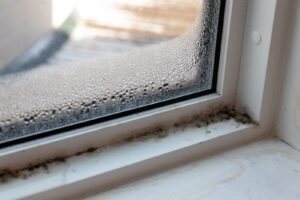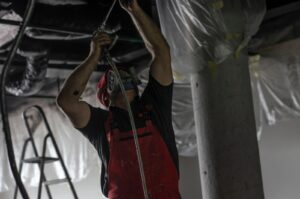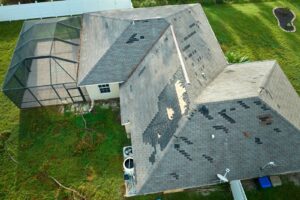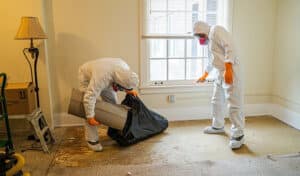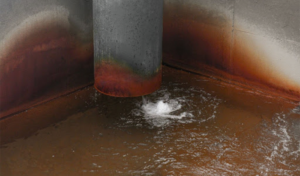Mold can get anywhere in your home, including your drywall. Mold will grow in any dark, damp place. But while it’s welcome in its natural, outdoor habitat, it can wreak havoc on your home.
Black mold is one of the most common types of mold to grow inside walls. Why? Because wood and drywall are both made of cellulose, which black mold feeds on. Black mold causes hay fever, sleep apnea, hives, rashes, and allergy symptoms.
Black mold is really bad for you. If it’s growing in your walls, you’ll want to treat it. Here are ways you can detect mold in your walls.
Wall Stains
Have you had water damage in your home? Water damage frequently causes mold, so you’ll want to pay close attention if you notice water stains. They’ll be yellow or brown. If you notice a spot like this on your wall, see if it’s damp.
If it is, there’s moisture behind the wall. Moisture in your wall can be a separate problem from mold that must be treated. If it’s dry, you don’t have a moisture problem, but you could still have a mold problem, so it’s best to take preventative action because of the color.
Wall Discoloration
Discoloration is another sign of mold growth in your walls. Mold comes in a lot of colors. It can be black, white, gray, or green on a plain wall. If you have vinyl wallpaper, mold will look pink, orange, or purple.
Surface Changes and Deterioration
Mold doesn’t just stain and discolor your wall. It can downright damage your walls. Are your walls painted or wallpapered? Cracks, peeling, or bubbles in your paint or wallpaper are signs of mold growing behind your walls.
If you have water damage, your walls could warp, bow, or bulge from the water. This is a prime place for mold to grow.
Odors
There’s a chance you won’t spot any stains, discoloration, changes, or deterioration. But that doesn’t mean there’s no mold growing behind your walls. Another way you can detect mold is by smelling it.
The odor will be musty. Imagine you’re smelling a damp forest. That’s the smell of mold.
We recommend sniffing near your wall outlets. If it’s there, the odor will be more prominent since your outlets have access to your walls if it’s there.
Restoremasters
Are you seeing the signs of mold in your walls? The sooner you tackle mold, the easier it is to treat. The longer you wait, the worse it gets—your risk of getting sick increases every day. But we have good news. Restoremasters is here to help.
Restoremasters has been treating mold behind drywall for years. Our team has over 100 years of combined experience. As experts in our field, we’re here to treat and restore your home. We’re located in Sandy, Utah, and service Salt Lake and Utah counties.
If you have questions or want more information, please don’t hesitate to contact us. Restoremasters is here for you!

